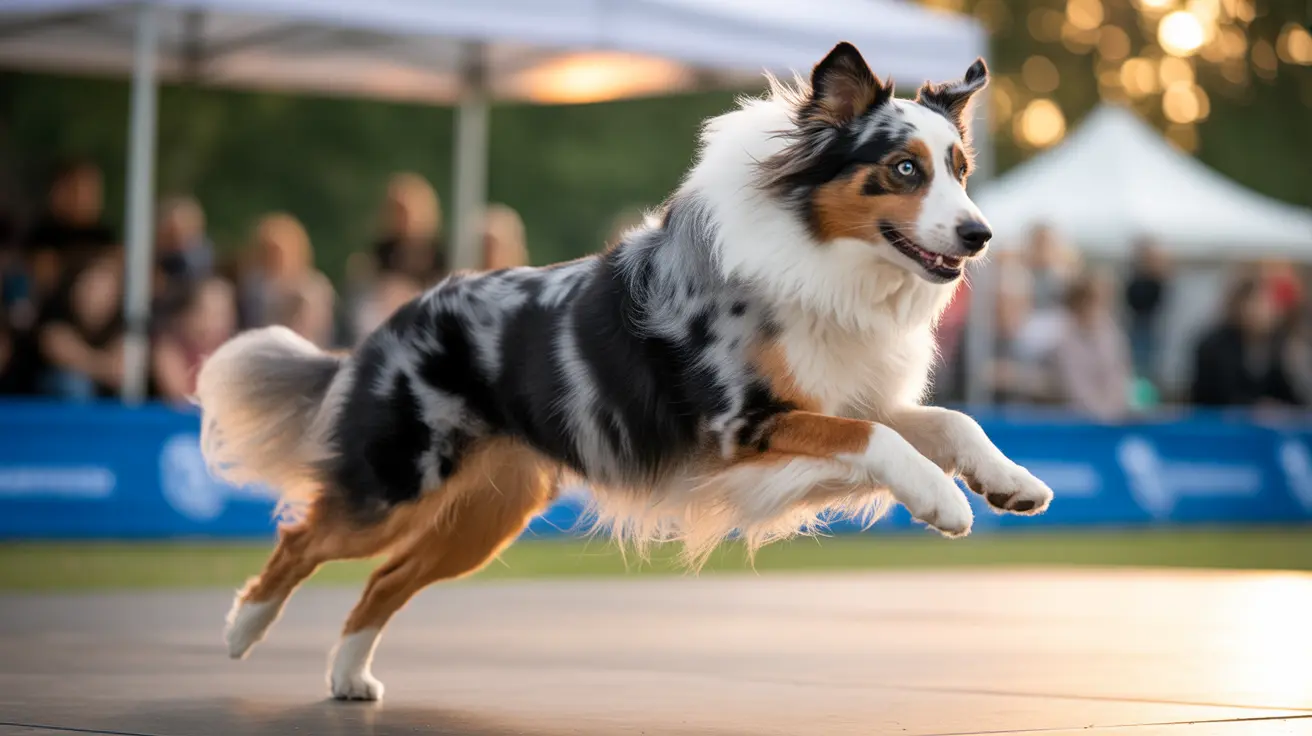What does it mean if a dog constantly licks its paw?
Constant paw licking in dogs may indicate issues like injuries, allergies, infections, parasites, anxiety, or dry skin and often signals underlying discomfort.
Why Dogs Constantly Lick Their Paws: Causes and Solutions
Dogs often groom themselves by licking, but when your dog obsessively licks its paw, it can signal an underlying issue. Understanding the cause is crucial for effective treatment and preventing further harm.
Common Causes of Excessive Paw Licking
1. Injuries and Trauma
- Physical damage such as cuts, thorns, splinters, or bee stings
- Torn nails or irritation from rough, hot, or salted surfaces
- Pain in joints or other body parts leading to compensatory paw licking
2. Allergies
- Environmental allergens (pollen, grass, cleaning chemicals)
- Food allergies
- Contact dermatitis from certain materials
3. Infections
- Bacterial or yeast infections due to excessive moisture
- Parasitic issues from mites, fleas, or hookworms
4. Growths and Chronic Conditions
- Cysts, tumors, or arthritis causing localized discomfort
- Soft tissue injuries or inflammation
5. Behavioral Factors
- Stress and anxiety from environmental changes or separation
- Boredom and lack of mental stimulation leading to obsessive behaviors
6. Dry or Cracked Skin
- Arid climates or over-bathing leading to dry pads
- Lack of moisturizing protection on paw pads
Identifying the Problem
Observe:
- Is the licking focused on one paw or multiple paws?
- Is there visible swelling, redness, or irritation?
- Is the dog limping or showing pain?
Compare the affected paw with the others to detect asymmetry, swelling, or foreign bodies.
Prevention and Treatment Options
Immediate Action Steps:
- Clean the paw with mild soap and water; dry thoroughly.
- Use antiseptics like diluted chlorhexidine.
- Apply antibacterial or antifungal creams if signs of infection exist.
- Bandage and cover the paw to prevent licking; use a sock or bootie.
Allergy Management:
- Consult your vet for antihistamines or prescription treatments.
- Consider allergy testing (patch or blood test).
- Wash and dry paws after outdoor exposure to allergens.
Dry Skin Care:
- Use a pet-safe moisturizer like coconut oil or paw balm.
- Avoid excessive bathing; choose natural moisturizing shampoos.
Environmental Protection:
- Employ dog booties on hot, salty, or rough terrain.
- Immediately rinse paws after walks, especially in urban or winter areas.
Behavioral Support:
- Increase exercise and provide interactive toys.
- Maintain a regular routine to reduce anxiety.
- Create calm zones away from stressors like loud noises.
- Use puzzle feeders or hire a dog sitter to reduce boredom or loneliness.
Medical Intervention
If self-help measures fail or the dog exhibits:
- Persistent redness, swelling, or raw skin
- Signs of infection or abnormal gait
- Compulsive licking damaging skin
Seek veterinary care. Chronic licking could lead to acral lick dermatitis (lick granuloma), requiring prescription medication or specialist referral.
Home Care Tips
- Carefully inspect and manipulate paw joints to rule out internal injuries.
- Remove foreign objects between toes gently with tweezers.
- Clean and re-bandage minor wounds daily with antiseptic ointment.
- Apply deterrents like bitter apple spray only after ruling out medical causes.
- Use an Elizabethan collar (cone) if persistent licking interferes with healing.
When to Call the Vet
Contact your veterinarian if:
- The condition worsens or copying behavior persists for more than a few days
- You identify any discharge, foul odor, or heat in the area
- There's an inability to walk, swelling, or limping
Conclusion
While occasional paw licking is a natural grooming activity, consistent or aggressive licking points to deeper issues. Identifying the root cause early and taking appropriate action ensures a happy, healthy pet. Always consult your vet for persistent or concerning behaviors.





